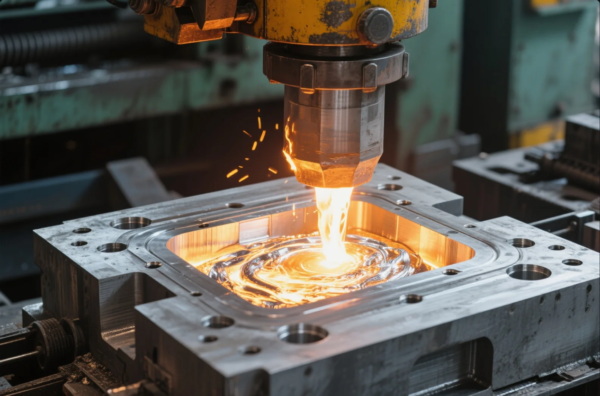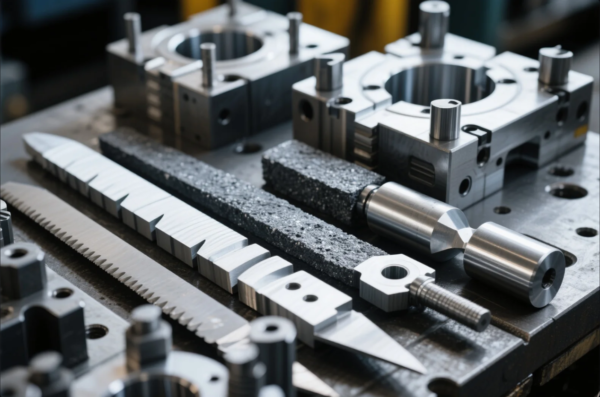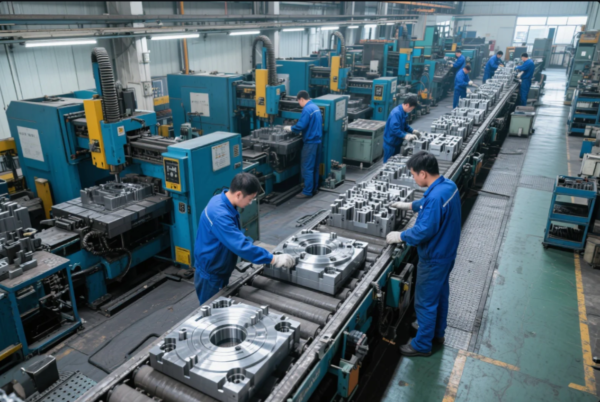What is gold and mercury mixed together?
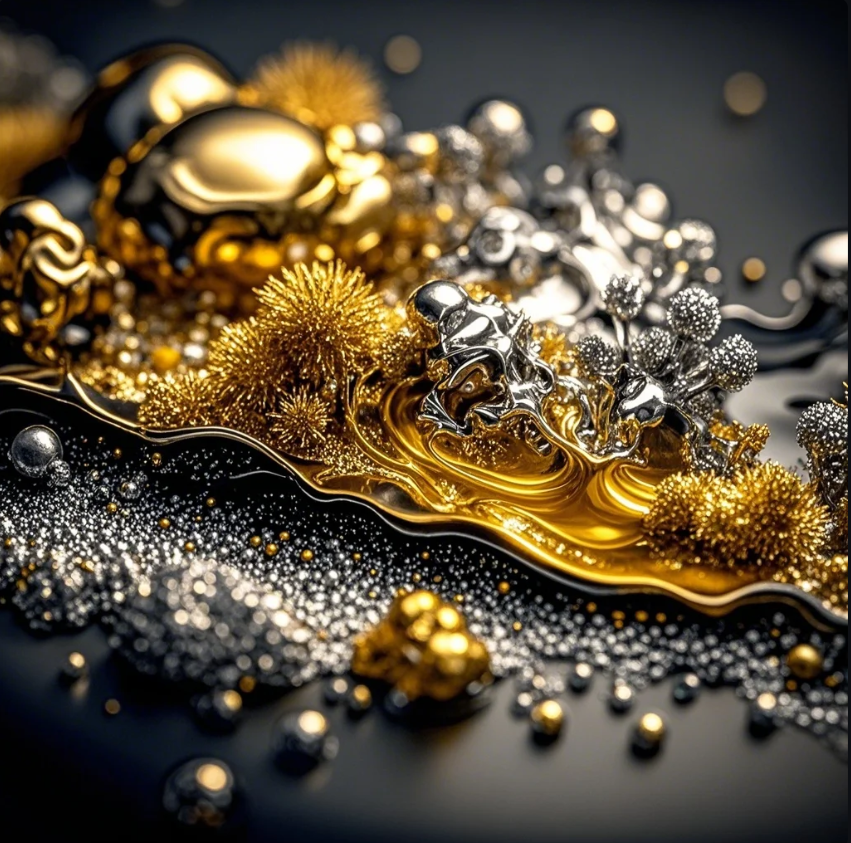
Gold and mercury are often mixed together in specific industrial and mining processes. But what happens when these two elements are combined, and what is this mixture called? This question is crucial in understanding historical gold extraction methods and the uses of mercury in industrial applications.
Snippet paragraph:
When gold and mercury are mixed together, they form an amalgam. This process, while effective for gold extraction, comes with environmental and health concerns due to mercury toxicity. Let’s dive into what happens when mercury and gold mix and explore its applications.
Transition paragraph:
Continue reading to discover the process of mixing gold and mercury, the formation of amalgams, and the risks and benefits associated with this technique.
What is the mixture of mercury and gold called?
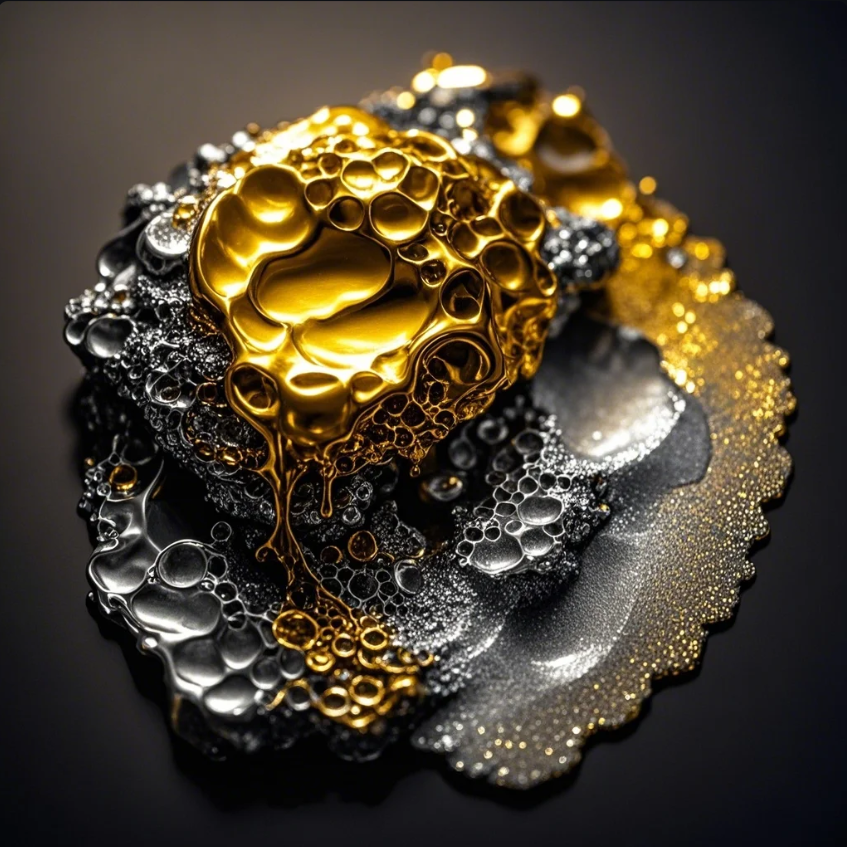
When gold and mercury are mixed together, they form a substance called an amalgam. This mixture occurs when mercury, a liquid metal, combines with gold, creating a soft, liquid alloy. This process has been widely used in the past for gold extraction, as it facilitates the separation of gold from other materials in the ore.
The Chemistry of Gold Amalgam
Mercury reacts with gold to form a stable mixture that allows the gold to be easily extracted from its ore. This reaction happens because mercury binds with gold atoms, resulting in a composite material that is relatively easy to handle and process. The resulting amalgam is liquid at room temperature, making it simple to separate from the rest of the ore by using methods like panning or washing.
The process of amalgamation has been used for centuries, especially in the gold mining industry. However, because of the dangers associated with mercury, such as its toxicity and environmental impact, safer alternatives are now being used.
Environmental and Health Concerns
The use of mercury in amalgamation poses significant health risks, as mercury vapor can be inhaled during the heating process. This has led to strict regulations around the use of mercury in mining operations. Many modern gold mining methods now aim to reduce or eliminate mercury use in favor of more sustainable practices.
What is gold amalgam?
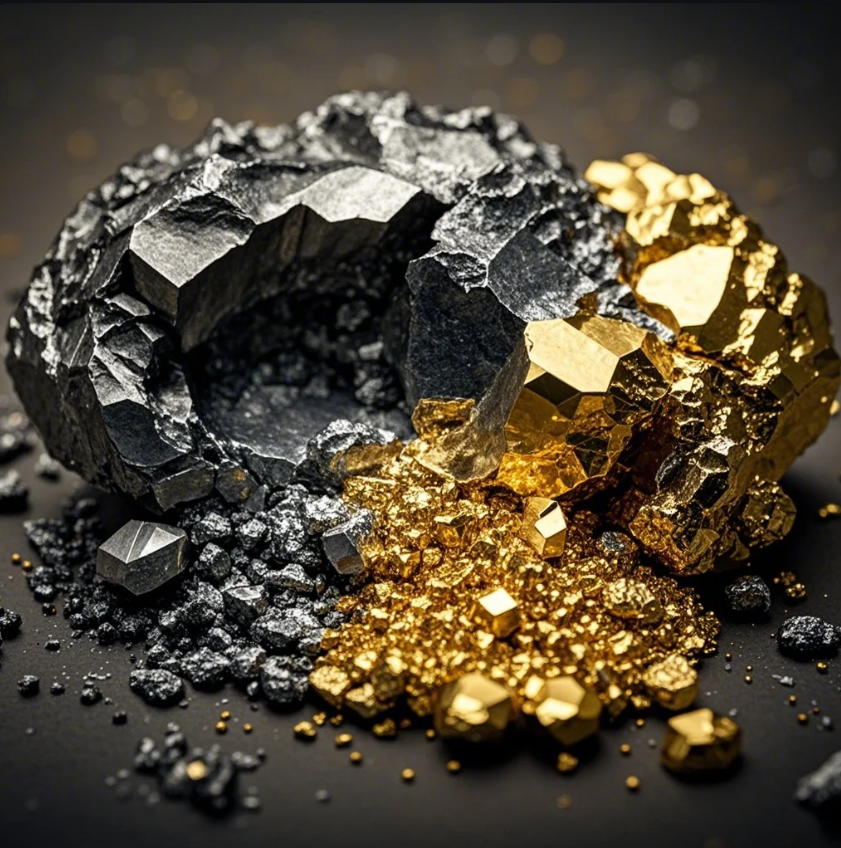
Gold amalgam refers specifically to the alloy or mixture of gold and mercury. It is most commonly used in gold mining, where mercury is added to gold-bearing ores to create a mixture that allows the gold to be separated from the rest of the material in the ore.
The Role of Gold Amalgam in Gold Mining
The primary use of gold amalgam in mining is its ability to help separate gold from other materials in the ore. Once the gold and mercury have formed an amalgam, it is easier to extract the gold because the mercury binds tightly to the gold particles, enabling their separation from the other impurities in the ore.
- Extraction: In the gold mining process, mercury is added to crushed gold ore. The mercury forms an amalgam with the gold, which can then be separated from the rest of the materials.
- Separation: Once the gold amalgam is formed, the mercury can be removed by heating the mixture. The mercury evaporates because of its low boiling point, leaving behind the purified gold.
Although effective, this process is becoming less common due to concerns about the toxicity of mercury and its negative impact on both human health and the environment.
Gold Amalgam in Dentistry
Gold amalgam is also used in dentistry, where it refers to a dental filling material made of an alloy of gold, mercury, silver, tin, and copper. It is commonly used for dental fillings due to its strength, durability, and resistance to corrosion.
- Dental Applications: The use of gold amalgam in dentistry is considered effective because of its longevity and resistance to wear and tear. However, concerns about mercury in dental fillings have led to a gradual shift toward alternative materials like resin composites.
How to get gold amalgam?
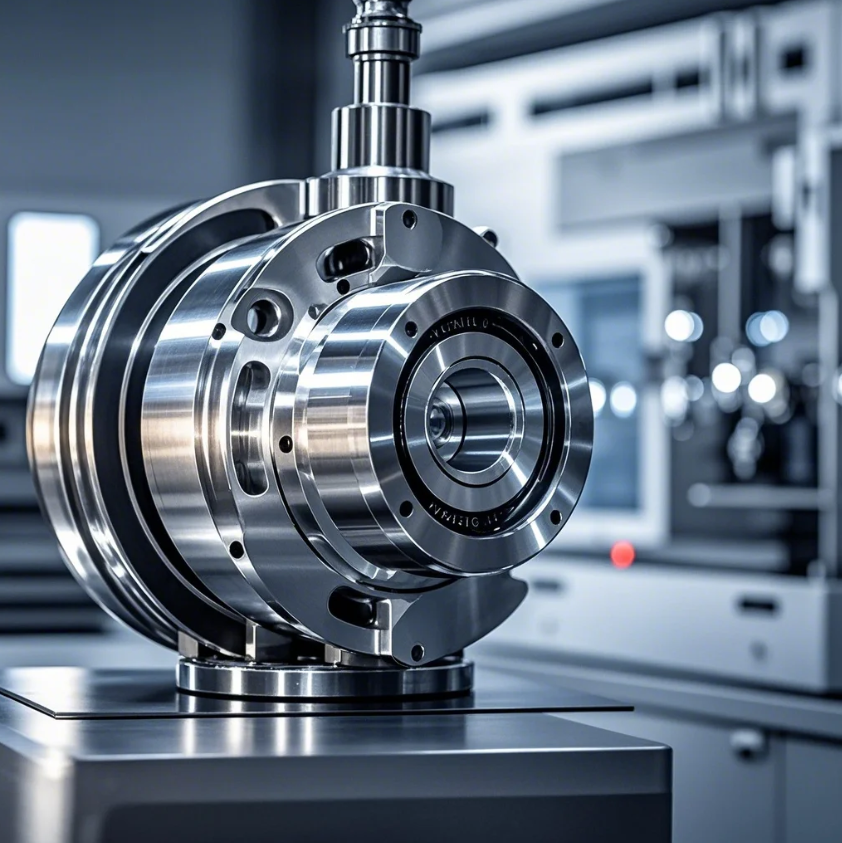
To create gold amalgam, mercury must be mixed with gold. The process involves amalgamation, where mercury is introduced to gold ore or pure gold, and a chemical reaction occurs that forms a gold-mercury mixture. Here's how the process typically works:
Steps to Create Gold Amalgam
- Preparation: Gold-bearing ore is first crushed and ground into a fine powder to increase the surface area, which enhances the interaction between the mercury and gold.
- Adding Mercury: Once the ore is crushed, mercury is added. The mercury binds with the gold to form the amalgam, separating the gold from the other minerals in the ore.
- Separation: The gold amalgam is separated from the rest of the materials. This can be done using panning, a process where the amalgam is washed with water to separate it from unwanted materials.
- Heating: After the amalgam is separated, it is heated to evaporate the mercury. The low boiling point of mercury allows it to vaporize, leaving behind the pure gold.
While effective, this method has drawbacks, especially the release of toxic mercury vapor. Modern techniques, such as cyanide leaching and gravity separation, have largely replaced amalgamation in many areas of gold mining.
What is the equation for mercury and gold?

The chemical equation for the reaction between mercury (Hg) and gold (Au) to form a gold amalgam can be written simply as:
Hg + Au → Au(Hg)
This equation shows that when mercury (Hg) reacts with gold (Au), an amalgam is formed, represented as Au(Hg). The resulting gold amalgam is a mixture where gold atoms are bonded with mercury atoms.
Explanation of the Equation
- Hg represents mercury, which is a liquid metal at room temperature.
- Au represents gold, a solid metal.
- Au(Hg) represents the gold amalgam, which is a combination of gold and mercury.
The amalgam is created when mercury and gold come into contact, forming a soft and malleable mixture that is liquid at room temperature. This mixture is particularly useful in gold mining for separating gold from ore, as well as in other applications where mercury’s binding properties are needed.
Conclusion
When gold and mercury are mixed together, they form a substance called gold amalgam. This amalgamation process has been a vital part of gold extraction methods throughout history, particularly in mining. However, because of the toxic nature of mercury and its environmental impact, safer alternatives are being adopted in modern gold mining. The use of amalgam in dentistry also highlights its diverse applications, although concerns about mercury's toxicity continue to lead to the development of alternative materials.
If you’re working with gold mining, industrial applications, or metal solutions, Prime offers high-quality products designed to meet your specific needs. With over 20 years of experience, we provide the expertise to ensure your projects are efficient, sustainable, and safe. Contact us today for a consultation, tailored solutions, and a quote!


